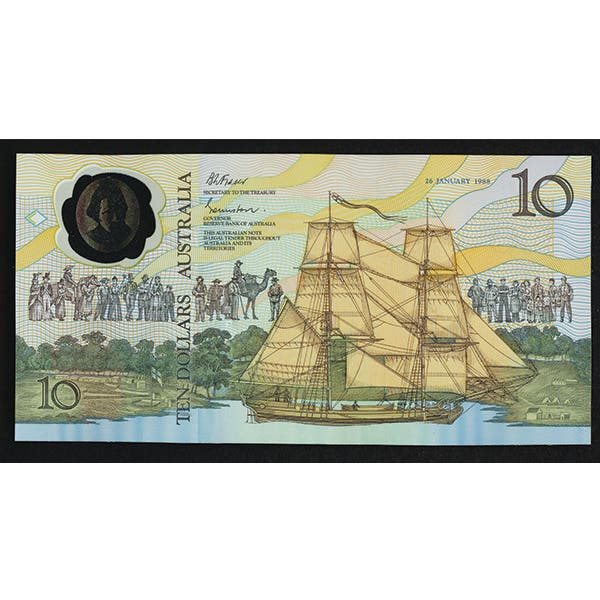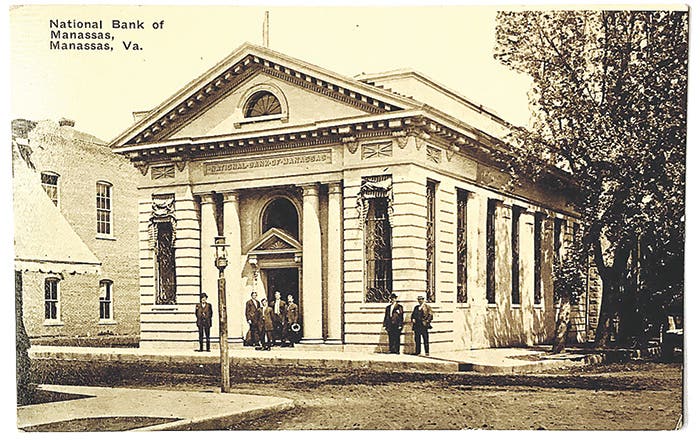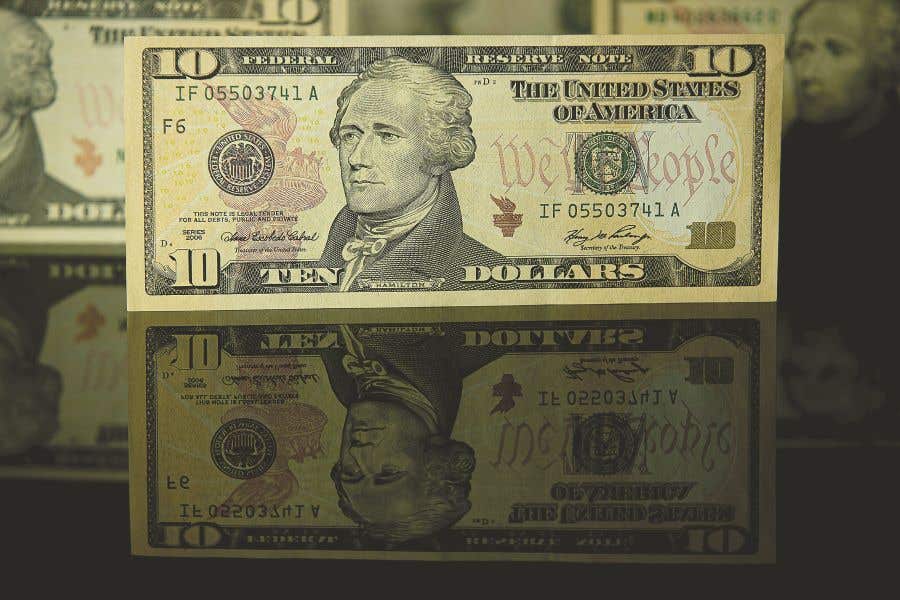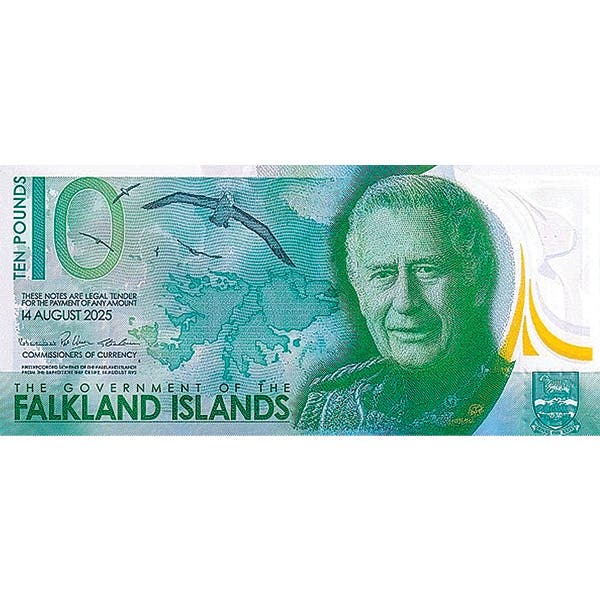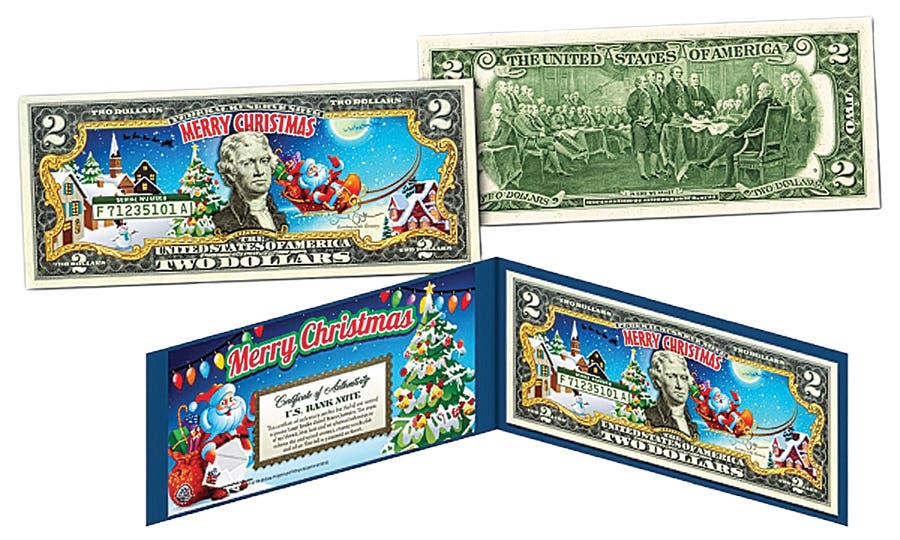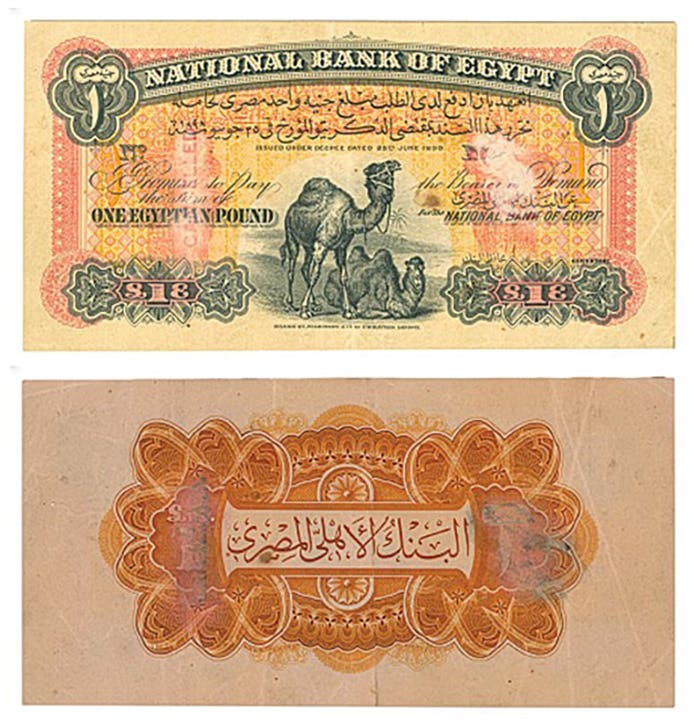Strong Markets Start New Year
Paper Money Market with Bill Brandimore
Small Size Small Head 1-, 2- and 5-dollar notes show some weakness, but rare examples are fine. However, there seems to be less interest in the more common notes of this type. 20-, 50- and 100-dollar notes are a bit stronger. Perhaps this is because inflation is lowering the cost of these notes, so to speak. 500- and 1,000-dollar notes continue to be strong in higher grades but not as red-hot as in the past two years or so. Lower grades for these denominations are down a bit. Nationals remain strong. This is most apparent in Original and 1875 series 2-dollar. 10-and 20-dollar notes and higher denominations in these series are through the roof. Brown Backs, Date Backs, and Value Backs of the second series also remain strong. As always, individual bank rarity leads the way in value.
Number one, Small Size Nationals continue in the 2K value for uncirculated notes. We can thank Colonel Green for saving so many of these notes. Large-size notes remain strong and continue to rise in value. Educational silver certificates seem to always be on the rise. An over-graded 5-dollar Fine 15 in this series that I thought was a Very Fine is now worth as much as I paid for it. The Extra Fine 1-dollar that I paid $500 for is now worth more than three times that figure. This is probably my favorite note. “History educating youth.” With the preamble to the Constitution. What a note! Fractional notes continue strong to a small but dedicated number of collectors. They faithfully support the FCCB, the Fractional Currency Collectors Board. If you are interested in this club, email me for instructions.
Do you collect sets of notes? I enjoy this sort of collecting. There are not very many notes I need for my various categories. And nowadays, I rarely find one. To amuse myself, I recently put together an alphabet set of Canadian 25-cent notes from the 1923 issue. They have different letters on the left sides of the notes. They include A, B, C, D, E, H, J, K, L, and M. I recently completed the set from various shows that I have attended. On a more serious set, I have expended more energy. A block set of Hawaii and North Africa 1-dollar silver certificates. These come from WWII efforts to keep foreign powers from seizing our currency to buy war supplies. The Hawaii notes replaced all regular notes, and the regular notes were collected and burned. The blocks included State notes, YB, ZB, AC, CC, FC LC, and PC. They were all from the 1935A series. The North Africa notes included star notes and BC, CC, FC, IC, and RC blocks. The FC notes are the rarest number printed, 1,000 sheets or 12,000 notes. They were printed late in the war, and a number were saved to a higher degree. They were the most valuable until a Heritage auction some years ago included about 1,500 Hawaii and North Africa FC notes, dropping prices from about $1,000 to $400 or so. They have recovered, but now the AC and ZB seem to command the highest prices. You can make it harder by looking at runs. The government would print so many notes for North Africa and then go back to blue seals, then more yellow seals. A challenge. I remain at billbrandimore@charter.net.
Bill Brandimore is the pricing analyst for Bank Note Reporter and Numismaster.com. He received a Bachelor’s degree from Wayne State University and a Master’s from Washington State University. He had a 26-year career with the Detroit Police Dept. and retired as an Inspector. He then served for 17 years as Chief of Police in Wausau, Wis. He is the past president of the Wisconsin Chiefs of Police Association, the Samoset Council of BSA, the Central States Numismatic Society, and the Numismatics of Wisconsin. He is the editor and president of Paper Money Collectors of Michigan. He is the president of the Fractional Currency Collectors Board. He is a member of the American Numismatic Association, Chicago Coin Club, Michigan State Numismatic Society, and Central States Numismatic Society, to name a few. His special interests in currency are Detroit Nationals, Large Size Types, $5 Federal Reserve Notes, and Canadian currency. Concerning coins, his special interests are in Buffalo nickels and large cents.




